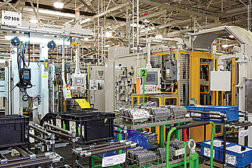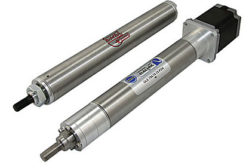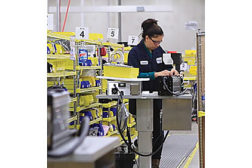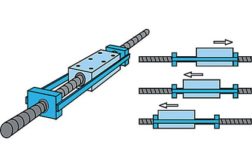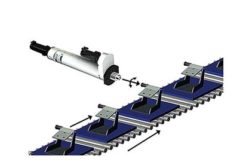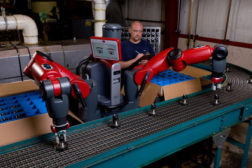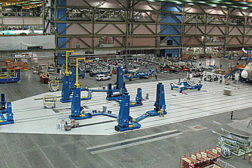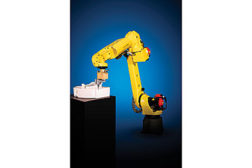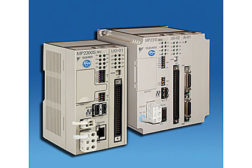Motion Control
Automation Helps Productivity Take off at Boeing
Sophisticated motion control systems ensure safety and productivity on the Dreamliner assembly line.
October 3, 2014
Simplifying integration of peripheral devices
MotionWorks will be able to work with HMIs from several widely used vendors.
October 2, 2014
Get our new eMagazine delivered to your inbox every month.
Stay in the know on the latest assembly trends.
SUBSCRIBE TODAY!Copyright ©2024. All Rights Reserved BNP Media.
Design, CMS, Hosting & Web Development :: ePublishing
